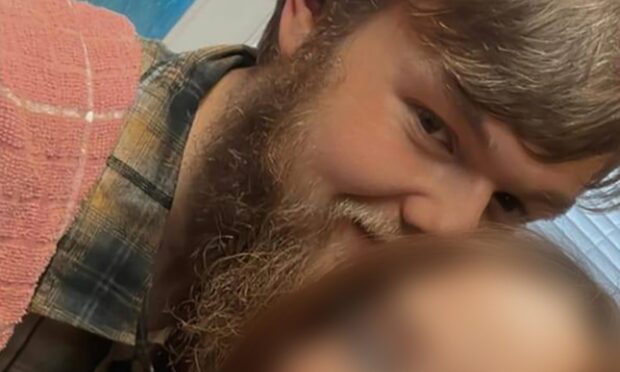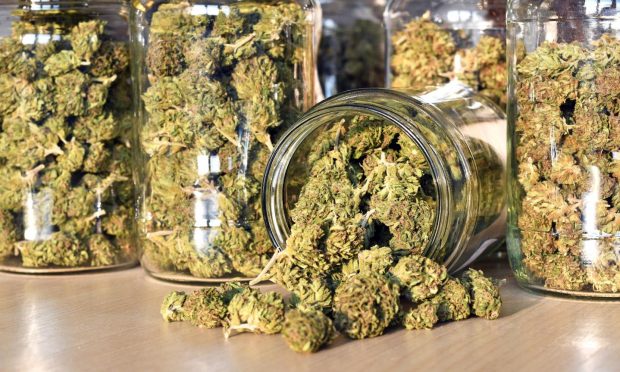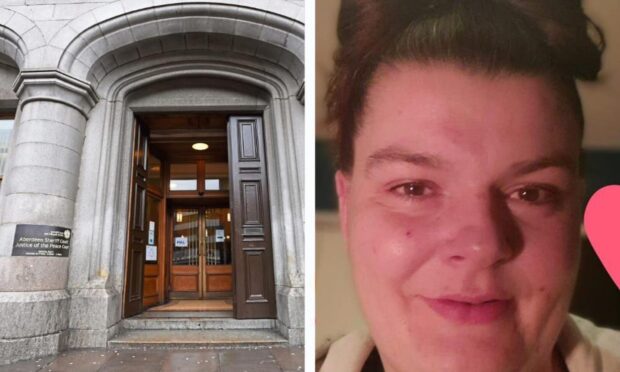A former local authority admin assistant was warned she faces jail after she falsified VAT returns to gain £70,000 from HMRC.
Wendy Gunn, from Dornoch, inflated input and output figures for her husband James’s joinery business over a four year period because “she couldn’t be bothered doing the books.”
The 61-year-old told tax inspectors that she “made up” the figures.
Gunn admitted being concerned in the fraudulent evasion of VAT to induce the HMRC to make repayments to which she was not entitled.
Sentence was deferred at Inverness Sheriff Court yesterday until March 8 for a background report and her bail was continued.
But Sheriff Gordon Fleetwood told her that the offence was serious and “given the figure and the length of time, a custodial sentence is likely.”
Fiscal depute Michelle Molley told the court that Mr Gunn was registered for VAT as a sole proprietor trading as a joiner.
When Gunn retired in 2006, HMRC received from Mr Gunn written consent allowing his wife to deal with his tax affairs in relation to both VAT and self-assessment.
Ms Molley said: “Until 2010 income declared on VAT returns matched that on the self-assessment forms, but from 2010 they began to diverge.
“Investigators also noticed a reduction in declared turnover whilst declared output increased. Ordinarily one would expect only small differences between these figures.
“In 2009, returns declared Mr Gunn’s turnover was £111,028 and his declared output was £128,629.
“But in 2011 his declared turnover was £64,193 whilst his output was £139,276. That would suggest that Mr Gunn had been trading to a higher level than usual.
“The self-assessment returns for the same period showed a lower profit than before as Mr Gunn had not been trading due to ill health.
“The obvious differences in the figures in the various forms resulted in an HMRC investigation.
“Although increased output would not generally result in VAT repayments, in this particular case the inflated figures did result in direct repayments of VAT.” Ms Molley added.
Both Mr and Mrs Gunn were arrested but it became clear that her husband understood little of the VAT requirements and was uncertain whether it was his accountant or his wife who submitted returns.
Further investigation revealed it was Gunn who completed the returns.
Ms Molley went on: “When she was asked whether the figures in the VAT returns were correct or if they had been falsified for the purpose of obtaining VAT repayments, she confirmed that the figures were made up.
“Her explanation was that she could not be bothered doing the books and she was aware that the false figures she had entered would result in repayments to which her husband’s business was not entitled.”










